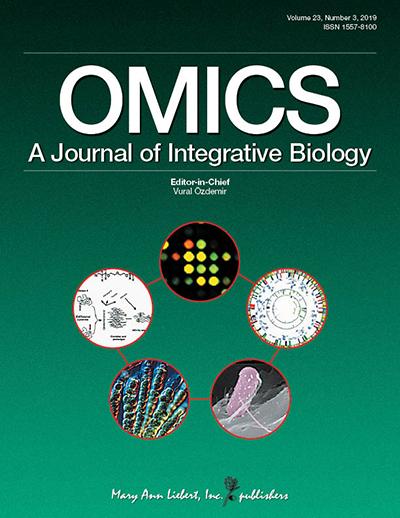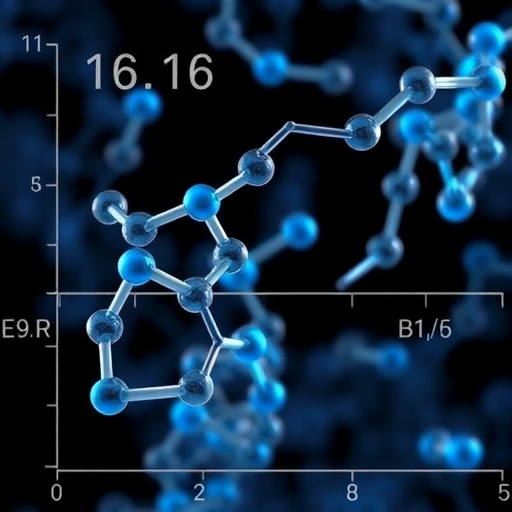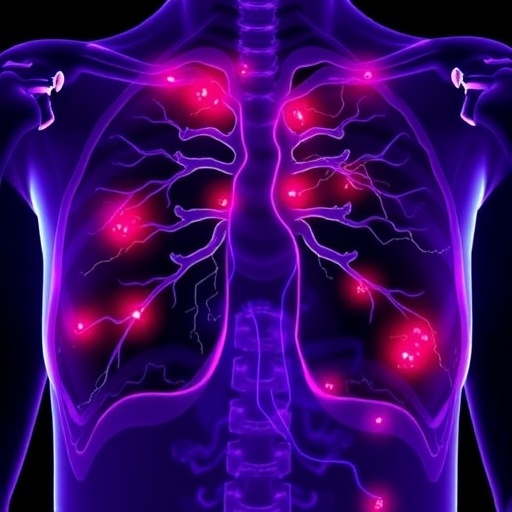
Credit: Mary Ann Liebert, Inc., publishers
New Rochelle, NY, April 15, 2019–With an estimated 25% of people worldwide affected by nonalcoholic fatty liver disease (NAFLD), there is a large unmet need for accurate, noninvasive measures to enhance early diagnosis and screening of hepatic fibrosis. A new, comprehensive review of the latest research on novel biomarkers, biomarker panels, and advanced technology to detect fibrosis and predict the risk of NAFLD-related complications and mortality is published in OMICS: A Journal of Integrative Biology, the peer-reviewed interdisciplinary journal published by Mary Ann Liebert, Inc., publishers. Click here to read the full-text article free on the OMICS: A Journal of Integrative Biology website until May 15, 2019.
The article entitled “Novel Serum Biomarkers for Noninvasive Diagnosis and Screening of Nonalcoholic Fatty Liver Disease-Related Hepatic Fibrosis” reviews recent advances in new blood biomarkers such as WFA+-M2BP and type IV collagen 7S. The article also reports on the advantages of combination biomarker panels in development, including algorithms such as NIS4, ELF, Hepascore, FibroMeter, FibroTest, and FIBROSpect.
The corresponding author Prof. Biaoyang Lin, PhD, Zhejiang-California International Nanosystems Institute (ZCNI), Zhejiang University (Hangzhou, China), and University of Washington School of Medicine (Seattle), and coauthors, also review novel technologies such as tandem mass spectrometry, which can be used to assess the turnover of proteins involved in liver fibrosis.
“Early detection of liver fibrosis in patients with NAFLD is critical in reducing mortality associated with this highly common disease. The expert review published in OMICS by Prof. Lin and colleagues is exciting because they present innovative ideas that might lead to novel metrics to evaluate fibrosis biomarkers in the future,” says Vural Özdemir, MD, PhD, DABCP, Editor-in-Chief of OMICS: A Journal of Integrative Biology. “They suggest, for example, that a time series dynamic measurement of fibrosis rate of progression might be a better way to monitor NAFLD complications, rather than a static staging of fibrosis. Noninvasive serum tests could also reduce the need for liver biopsies or help identify patients who do not need biopsy.”
###
About the Journal
OMICS: A Journal of Integrative Biology is an authoritative and highly innovative peer-reviewed interdisciplinary journal published monthly online, addressing the latest advances at the intersection of postgenomics medicine, biotechnology and global society, including the integration of multi-omics knowledge, data analyses and modeling, and applications of high-throughput approaches to study complex biological and societal problems. Public policy, governance and societal aspects of the large-scale biology and 21st century data-enabled sciences are also peer-reviewed. Complete tables of content and a sample issue may be viewed on the OMICS: A Journal of Integrative Biology website.
About the Publisher
Mary Ann Liebert, Inc., publishers is a privately held, fully integrated media company known for establishing authoritative peer-reviewed journals in many areas of science and biomedical research, including Journal of Computational Biology, ASSAY and Drug Development Technologies, and Zebrafish. Its biotechnology trade magazine, GEN (Genetic Engineering & Biotechnology News), was the first in its field and is today the industry’s most widely read publication worldwide. A complete list of the firm’s 80 journals, books, and newsmagazines is available on the Mary Ann Liebert, Inc., publishers website.
Media Contact
Kathryn Ryan
[email protected]
Original Source
https:/
Related Journal Article
http://dx.




